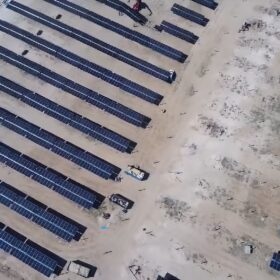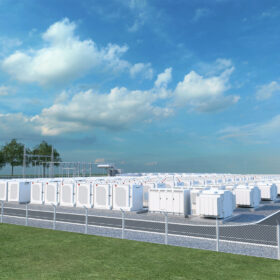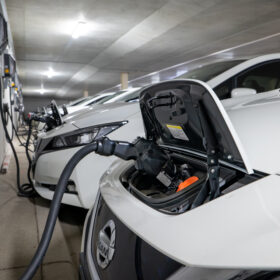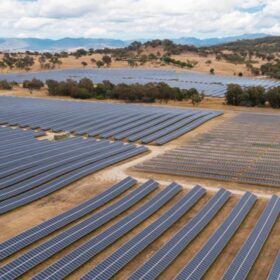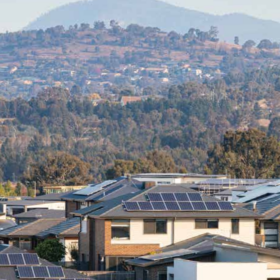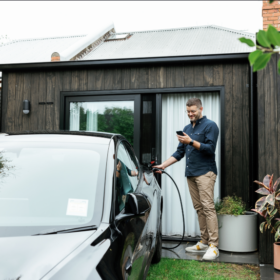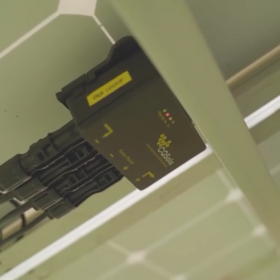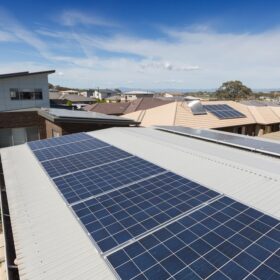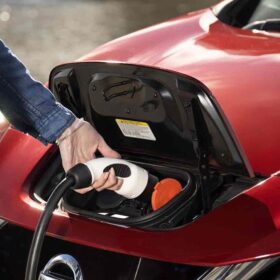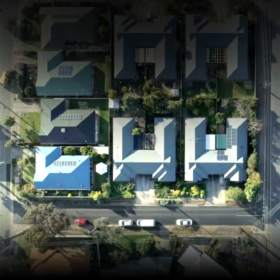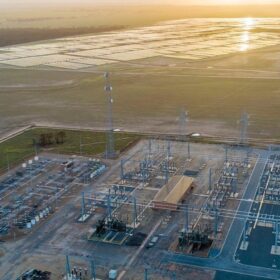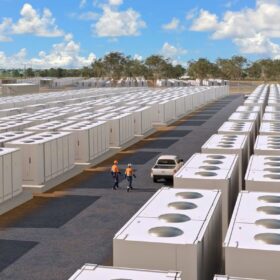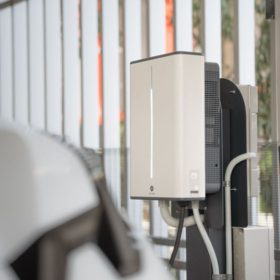IPC provides green light for NSW solar and storage project
Spanish-Japanese renewable energy company Univergy Solar and Australian partner New Energy Development have secured New South Wales government approval to build a 100 MW solar farm and 45 MW / 90 MWh battery energy storage system in the Yass Valley.
Push for vehicle-to-grid capabilities to accelerate in Canberra
Acceleration of vehicle-to-grid capabilities where electric vehicles become mobile power banks is one of a host of strategies set to receive federal supports under a Renewable Energy Transformation Agreement signed between the Australian and Capital Territory governments.
Macquarie’s Eku gets green light for 500 MWh Canberra big battery
The way has been cleared for construction to begin on a 250 MW / 500 MWh battery energy storage system that will help “future proof” the Australian Capital Territory’s energy supply by reducing the load on Canberra’s electricity network and increasing network reliability.
Electric vehicles can be a line of defence in outage emergencies, research finds
In a world first, researchers at the Australian National University, Canberra, got the grid emergency they needed in February 2024, to provide clear evidence electric vehicles using vehicle-to-grid (V2G) systems can bolster the grid in a blackout.
Australian Capital Territory commits to 100% renewables, rejects nuclear
The Australian Capital Territory legislative assembly has passed a motion expressing a commitment to power Australia with 100% renewable energy as soon as possible, and ensure the ACT remains free of nuclear power and nuclear waste.
ACT kicks off 20-year plan toward 100% electrification
The Australian Capital Territory’s first of three Integrated Energy Plans paves the way to an all-electric, zero emissions future, starting with a focus on a just transition for all residents.
Batteries on wheels trial gets $3.2 million boost
Over the next three years energy retailer and tech company Amber Electric will trial a software solution for electric vehicle smart charging and bi-directional vehicle-to-grid services to enable consumers using their cars can buy and sell energy to the grid.
ANU partners with Aussie startup CQSola on solar-to-hydrogen research
Australian National University researchers will put their heads together with Queensland tech company CQSola to find ways to accelerate commercialisation of a direct solar-to-hydrogen system as part of a newly funded project.
Community battery rollout reaches national capital
The federal government’s plan to deploy 400 community batteries across the nation to soak up excess solar generated on neighbourhood rooftops has reached the Australian Capital Territory with sites for three new battery energy storage systems unveiled.
Vehicle-to-grid tech offers potentially lucrative market for EV fleet owners
Australian electric vehicles could earn up to $12,000 in a single year using vehicle-to-grid technology to provide frequency regulation services to the National Electricity Market according to a report published by the Australian Renewable Energy Agency.
